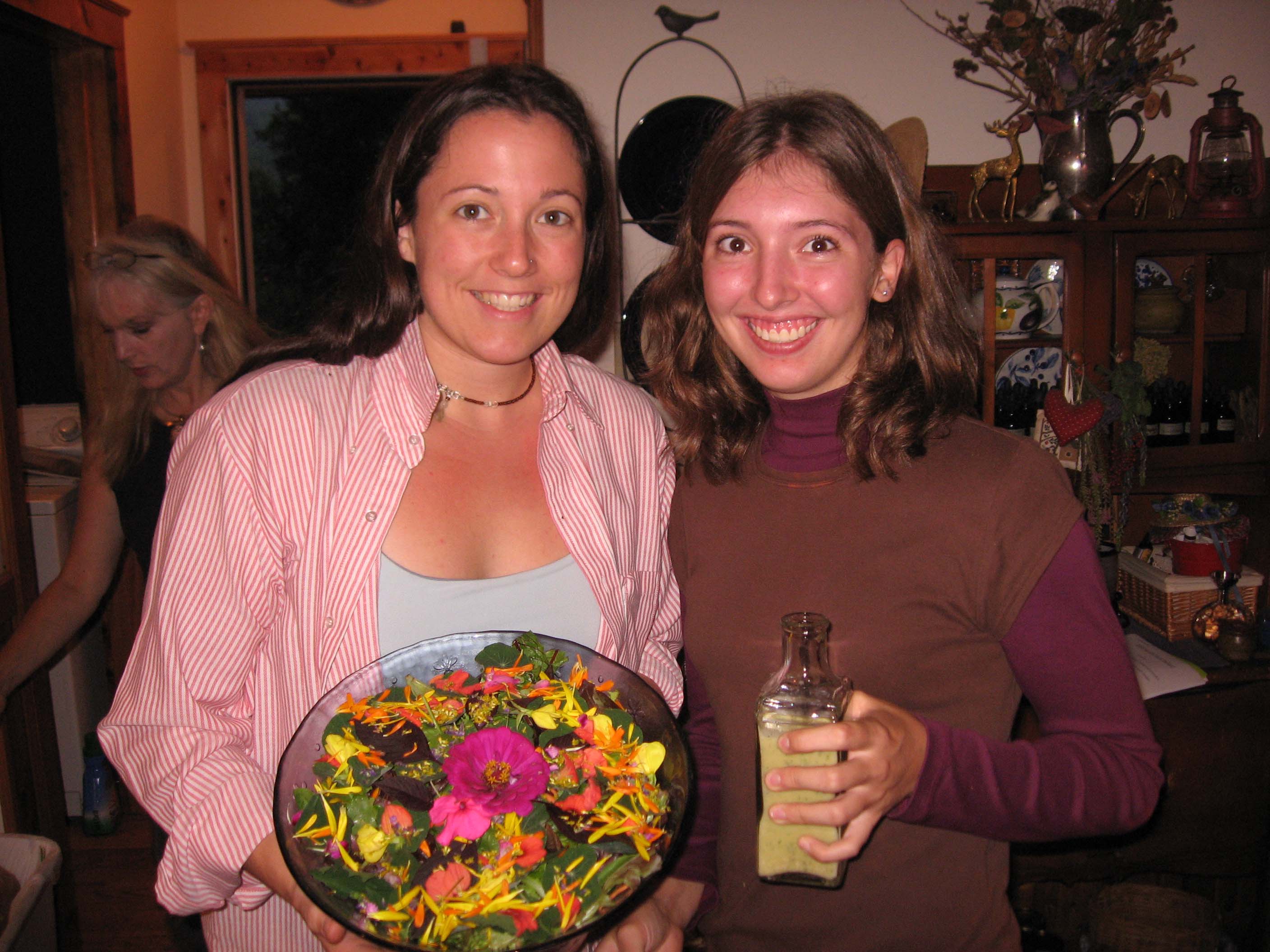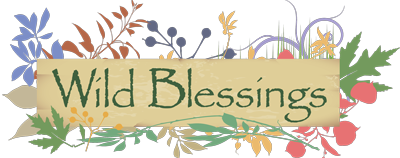 There are MANY wild edible leaves. As a rule they are tastier the younger they are when picked. Even the bitter taste though has a place in aiding digestion and should be welcomed. Here is a typical wild salad gifted from the weeds around my house.
There are MANY wild edible leaves. As a rule they are tastier the younger they are when picked. Even the bitter taste though has a place in aiding digestion and should be welcomed. Here is a typical wild salad gifted from the weeds around my house.
Dandelion leaves chopped small since they are SOOO bitter
Violet leaves
Lambs Quarter leaves
Purslane leaves
Daisy leaves
Chickweed
Nasturtium leaves
Red Clover leaves
Raspberry leaves
Marshmallow leaves
Sheep Sorrel leaves
Wood Sorrel (small amount)
Amaranth leaves
Edible flowers: daisies, pansies, lilly flowers, red clover flowers, rose, dandelion blossoms, chamomile, evening primrose flowers, queen anne’s lace flowers (most flowers taste better when the petals are removed from the hard centers, so carefully pluck the petals into piles for decorating with later)
Toppings: sunflower seeds, diced tomatoes, croutons, feta cheese, kalmata olives, walnuts (toasted slightly), lambs quarter seeds, Plantain seeds
The key to enjoying a wild salad is to chop the leaves small enough so they are more palatable. After foraging for your salad, clean them well, discard buggy leaves, hardened stems, discolorations. Dry well and then chop well.
To ease into a completely WILD salad you may wish to mix your wild leaves with garden lettuces at first and perhaps start with only one or two wild greens added to your regular salad.
Display the edible flowers in a beautiful design on top of the greens.
Nutrition Facts per 1/2 cup
Amaranth
High in vegetable Protein 2.9g, Calcium 448 mg B Carotine 4300ug, Carbs 4.5g, Vitamin C 53mg Potassium 617 mg. Most nutritious of ALL plants
Lambs Quarters
High in Beta Carotene 3800ug, Calcium 324mg, Potassium 684mg, and Iron 1.5 mg (more than spinach!). It is also high in b-complex vitamins and vitamin C 40 mg.
Purslane Leaves
water 93.9g, Protein 1.3g, Carbos 3.4g, Sodium 45mg, Potassium 494 mg, Calories 16
Marshmallow leaves
Potassium (410mg), Protein (3.6 g), Beta Carotene (3315ug) Iron (3.7 mg)
Raspberry leaves
Calcium (204 mg), Potassium (3,226 mg), Niacin (6,500ug), Iron 17 mg
Dandelion
high in Protein 2.7g, Calcium 187mg, Iron 3 mg, Carbos 9.2g, Vit C 68 mg, Vit A
Daisy leaves
Protein 1.8 g, very high in Beta-Carotene 3,160 ug, Riboflavin 190 ug, Niacin 600 ug.
and Potassium 398 mg
Chickweed
high in Calcium 160mg, minerals, Potassium 243 mg, and Magnesium (it’s cooling qualities make a great poultice for sunburns or insect bites, Vit C 350 mg, Protein 1.2 g
high in Vit A and C
Wood Sorrel
high in Vit C 119mg, Beta Carotene 7740ug, Niacin 465 ug, Protein 2.1 g, Calcium 66 mg, also high in oxalic acid (too much of oxalic acid can inhibit calcium absorption)
Nasturtium
peppery taste, high in Vitamin C
Red Clover
weapon against cancer, blood purifier, blood thinner, contains salicylic acid
Monarda
flowers taste like honey suckle, anti bacterial qualities
Daisy Flowers
high in Potassium (570 mg) and Beta Carotene (8800 ug)
Clover Flowers
Niacin 2200ug, Potassium 354 mg, Carbos 13.5, Protein 2 grams, Vit C 52 mg Calcium 232 mg
Chamomile Flowers
Carbos 14.7g, Protein 2.2 g, Fier 1.4 g, Niacin 2801 ug
Rose Petals
Calcium 47 mg
Plantain Seeds
Niacin 3800 ug Potassium 339 mg, Fiber 13.7 g, Carbos 59.7 g, Protein 17 g Fat 7.6 g
Lambs Quarter Seeds
Potassium 1687 mg, Calcium 1036 mg, Protein 19.6g
